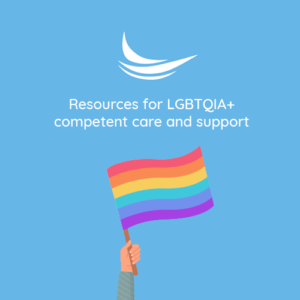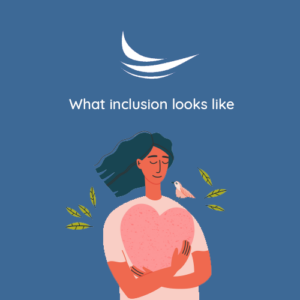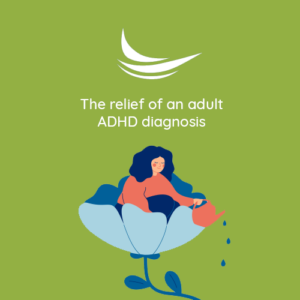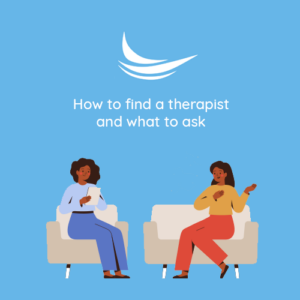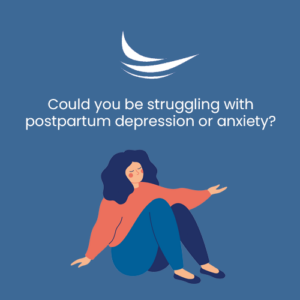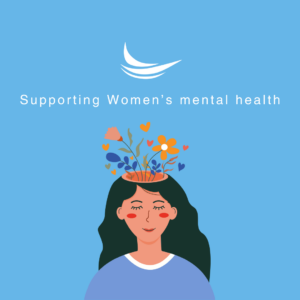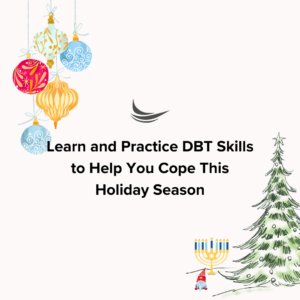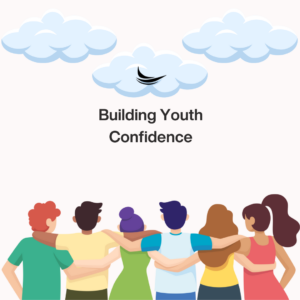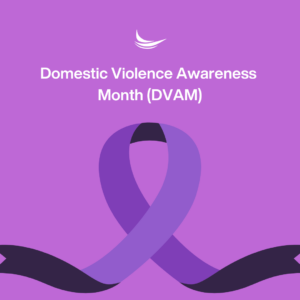How to Set Healthy Boundaries with Your Friends
 Friendships are a precious aspect of our lives, offering support, camaraderie, and shared moments of joy. However, even in the most cherished relationships, it’s crucial to establish and maintain healthy boundaries. Boundaries are the invisible lines that define the limits of what is acceptable in a friendship. Learning how to set and communicate these boundaries can contribute to more fulfilling, respectful, and enduring friendships.
Friendships are a precious aspect of our lives, offering support, camaraderie, and shared moments of joy. However, even in the most cherished relationships, it’s crucial to establish and maintain healthy boundaries. Boundaries are the invisible lines that define the limits of what is acceptable in a friendship. Learning how to set and communicate these boundaries can contribute to more fulfilling, respectful, and enduring friendships.
The Importance of Boundaries in Friendships
Boundaries in friendships serve several vital purposes:
- Respect: Boundaries foster mutual respect by ensuring that both you and your friend feel valued and heard.
- Emotional Well-being: They protect your emotional well-being by preventing situations that may cause discomfort, stress, or harm.
- Communication: Clear boundaries facilitate open and honest communication, as they provide a framework for discussing expectations.
- Self-Care: Boundaries allow you to prioritize self-care and personal needs without feeling guilty.
- Conflict Resolution: They aid in conflict resolution by defining the limits of acceptable behavior and helping address issues promptly.
How to Set Boundaries with Your Friends
- Self-Reflection: Begin by reflecting on your needs, values, and comfort zones. What makes you feel respected and secure in a friendship? Identifying these aspects will guide your boundary-setting process.
- Identify Boundaries: Consider specific areas where you’d like to establish boundaries. These can include time, personal space, communication frequency, emotional support, or even financial matters.
- Communicate Openly: Engage in open and honest conversations with your friends about your boundaries. Choose a comfortable and private setting to discuss your feelings and needs.
- Use “I” Statements: Frame your boundaries using “I” statements to express your feelings and needs without sounding accusatory. For example, say, “I feel overwhelmed when we talk every day, and I need some personal space” rather than “You’re smothering me with constant messages.”
- Be Specific: Clearly define your boundaries, specifying what is and isn’t acceptable for you. Vague boundaries can lead to misunderstandings.
- Listen Actively: Encourage your friends to express their thoughts and feelings about your boundaries. Effective communication involves both speaking and listening.
- Respect Their Boundaries: Just as you set boundaries, respect your friends’ boundaries as well. Mutual respect is essential for maintaining a healthy friendship.
Common Boundary Examples in Friendships
- Time Boundaries: Communicate your availability and set expectations about how often you can meet or chat.
- Personal Space Boundaries: Let your friends know when you need time alone or when you require personal space.
- Emotional Support Boundaries: Be clear about your capacity to offer emotional support, and don’t overextend yourself.
- Financial Boundaries: Discuss financial matters honestly, whether it’s splitting expenses, lending money, or gift-giving.
- Communication Boundaries: Set guidelines for how you prefer to communicate, whether through calls, texts, or social media.
Handling Boundary Challenges
While setting boundaries is crucial, it’s also important to address any challenges that may arise:
- Respect Differences: Understand that your friends may have different boundaries, and that’s okay. Respect their needs as they should respect yours.
- Enforce Boundaries: If a friend consistently crosses your boundaries, calmly remind them of the established limits and express your feelings.
- Re-evaluate: Periodically review and adjust your boundaries as needed. Friendships and circumstances evolve, so flexibility is key.
- End Unhealthy Friendships: In some cases, if a friend continually disrespects your boundaries and causes harm, it may be necessary to reevaluate the friendship’s viability.
Setting boundaries with friends is a skill that promotes healthy, thriving relationships. It’s not about building walls but rather establishing clear guidelines for mutual respect, comfort, and well-being. When friends understand and honor each other’s boundaries, they create a supportive and nurturing environment where their connections can flourish.



